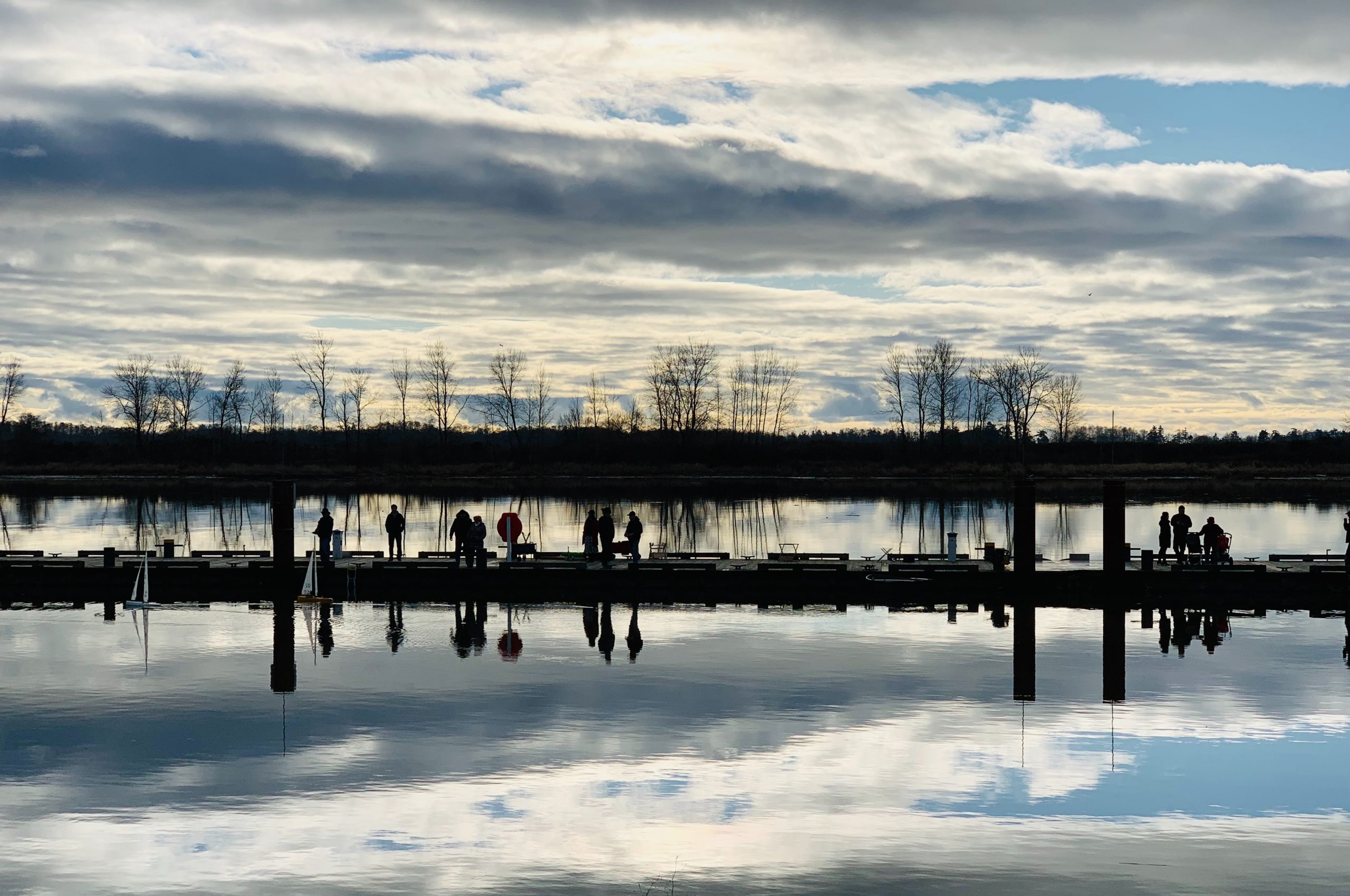Introduction
I have been teaching Consumer Behaviour at Kwantlen Polytechnic University since 2013 and really love this course. At our university, Consumer Behaviour is offered in first year whereas in many other universities, it is usually a third year course. Sometimes the consumer behaviour terms and concepts can be “heavy,” but when we contextualize them using marketing references, everything seems to make much more sense. To do this effectively, I show documentaries in class—these have proven to be a good way to bring the course concepts to life.
Gradually my discussions with students and examinations of consumer behaviour concepts uncovered deeper and more concerning issues in marketing: colonization; racism; stereotyping; green/pink washing; toxic masculinity; materialism/consumer capitalism; and cultural appropriation, just to name a few. Before long, I developed a new nickname for my course: the dark side of marketing. Students responded favourably and showed a keen interest in thinking more critically about marketing and calling out examples of hypocrisy and harm. This awakening inspired me to go further in my work.
Eventually, I realized that themes related to the dark side of marketing required a new resource—one that students could see themselves in and could better reflect their lived experiences. They wanted a resource that wasn’t perpetuating stereotypes but was reflecting under-represented diverse consumer groups.
In 2018, I decided I would assemble all of this in an open textbook and make space for students voices. As you will see in the following chapters, students have written essays in the form of opinion-editorials (“op-eds”) and have created H5P content that reflects consumer experiences more in line with their own. Open pedagogy has transformed my relationship with students, and I am eternally grateful to have the opportunity to learn from them and share their creations.
My hope for marketing students is that they leave my course with a profound understanding that –
- Marketing is a responsibility, not a right
- Marketing can (and does) real harm when it’s not handled with care
- Marketers can (and need) to do better in how they represent consumers & culture



This project is by far the most ambitious undertaking of my career. The majority of it has been created on the unceded territory of the Musqueum First Nation, in what is currently known as Richmond, British Columbia. And while I acknowledge these lands and express my gratitude to the Musqueum, this does little to address the ongoing colonial acts of violence, by all levels of government, to the land and waterways that have been under the stewardship of Indigenous people across what is now known as Canada. From 1492 Land Back Lane, to the Mi’kmaw fishing rights, to the Wet’suwet’en land defenders, justice needs to be served, treaties and agreements honoured, land returned, and restorations paid.
Reconciliation may begin with an acknowledgement, but it doesn’t end there: I am committed to further decolonizing my own spaces, in particular the ones I share with my students, so learning and healing can co-exist respectfully.
This book represents my own small radical act of social justice. May it ignite many more along its way.
Andrea
Media Attributions
- All images of the Fraser River taken from the Musqueam shoreline are by Andrea Niosi and licensed under the Unsplash Licence.

